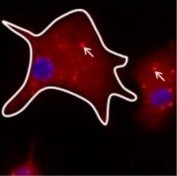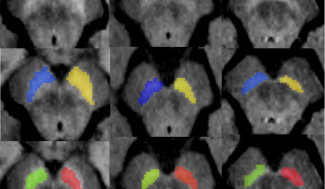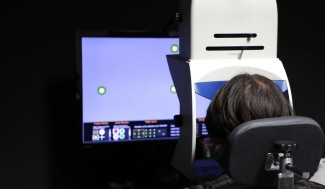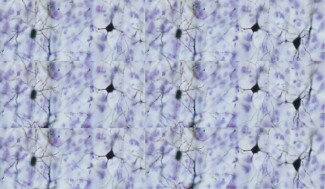Diagnosing Parkinson’s disease is based on identifying Parkinsonian syndrome combined with at least two ‘supporting’ criteria.
Parkinsonian syndrome and its symptoms
Parkinsonian syndrome is confirmed when at least two of the following three symptoms of Parkinson’s disease are observed: akinesia, muscle hypertonia, and tremor.
Akinesia is defined as slowness, delay or difficulty in initiating movement. Patients are no longer able to perform fine and repetitive rapid movements, such as the movements required for handwriting.
Patients describe feeling like their limbs take too long to respond after deciding to move, as if the command is taking longer to reach the muscles. This feeling is in fact accurate, because there is no longer enough dopamine for the neurons to communicate effectively with each other and with the muscles, because of a 50% loss in dopaminergic neurons.
Hypertonia is defined as a permanent increase in muscle tone. The patient feels a sensation of stiffness and presents with a particular posture, due to a permanent contraction of the muscles that causes the limbs to flex. Over time, there may be abnormal flexion of the neck, torso, arms and legs.
Facial expression is affected, with a very low blinking frequency being observed. The voice may also be changed, becoming quieter and having less intonation (monotone voice).
Meanwhile, tremor, the best-known symptom of the disease, is only present in 30 to 40% of cases of Parkinson’s disease.This type of tremor is a resting tremor that affects the extremities of the arms, legs or jaw. The tremor disappears during sleep and voluntary movements.








